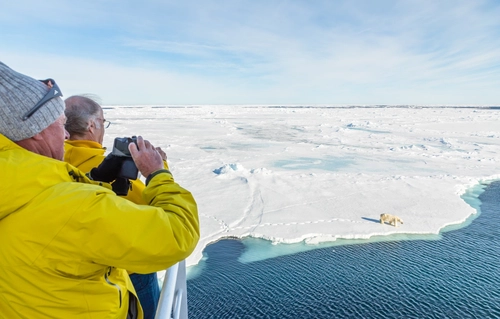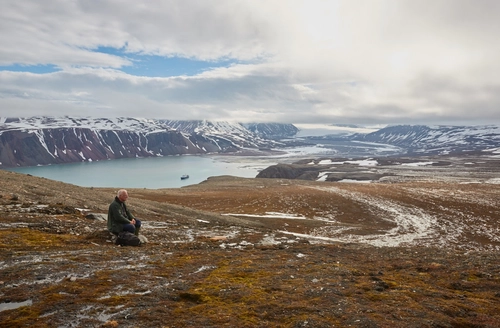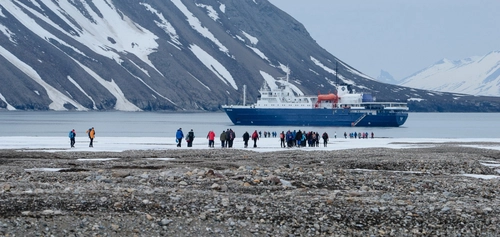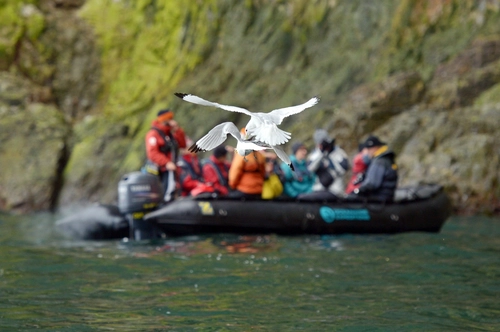On the third day of our Svalbard cruise, we navigated through the sea ice north of Spitsbergen. The morning greeted us with fog and fragmented ice, but conditions gradually improved. A swarm of black-legged kittiwakes trailed behind us, as our ship stirred the waters, pushing aside ice floes to reveal the tiny dark polar cod beneath.
Shrieking and flapping their wings frantically, the kittiwakes dove repeatedly to catch their favorite meal. Fulmars glided by, mostly ignoring the feeding frenzy at the stern. Occasionally, we spotted an ivory gull and several pomarine skuas.
In the distance, we observed bearded seals, resembling dark sausages on the ice, and harp seals splashing around intermittently. However, no polar bears had been sighted yet.
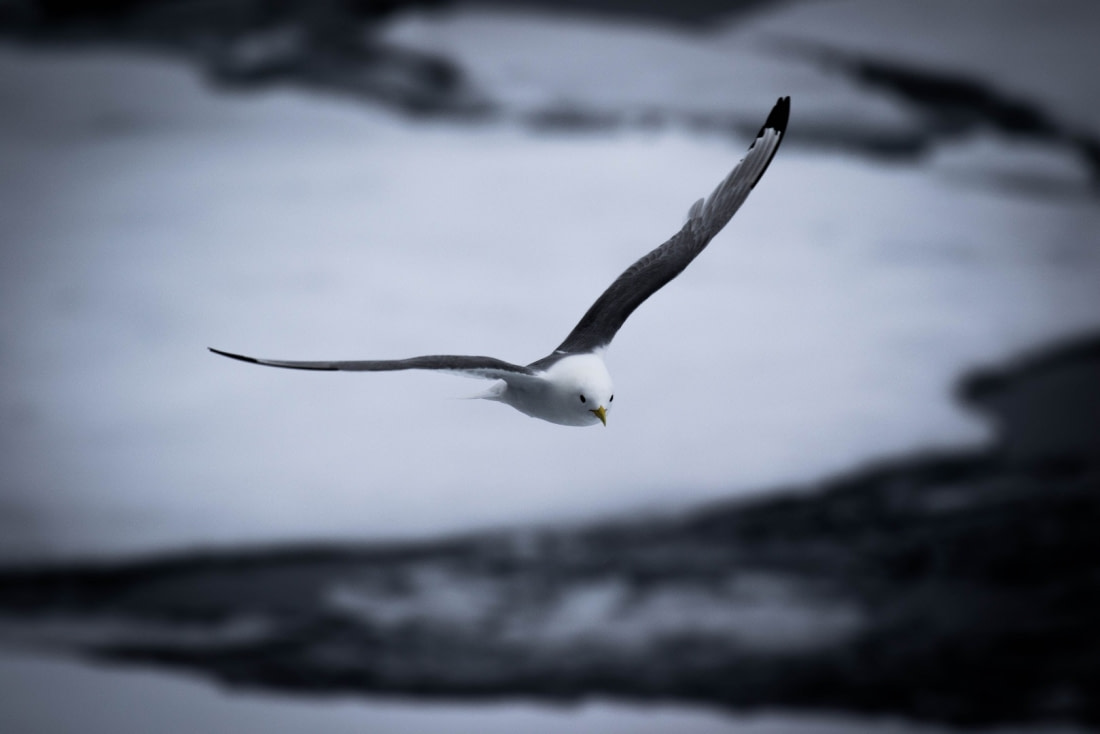
The beauty of the Spitsbergen ice
The day in the ice was nothing short of incredible, calm and serene. We were in awe of the scenery, taking in the vast expanse of the icy realm stretching in all directions. It was unlike anything we had ever seen. We watched as the ship’s bow pushed aside the floes, creating new cracks for the kittiwakes to dive into.
We took countless photos of the feeding, flying, or resting birds. Among them were young ones, identifiable by the black markings on their heads and wings. Still, we held out hope for a polar bear sighting.
While our expedition team scanned the area from the bridge, many of us joined the search from the outer decks or the panorama lounge. It was hard not to be distracted by the stunning ice surrounding us!
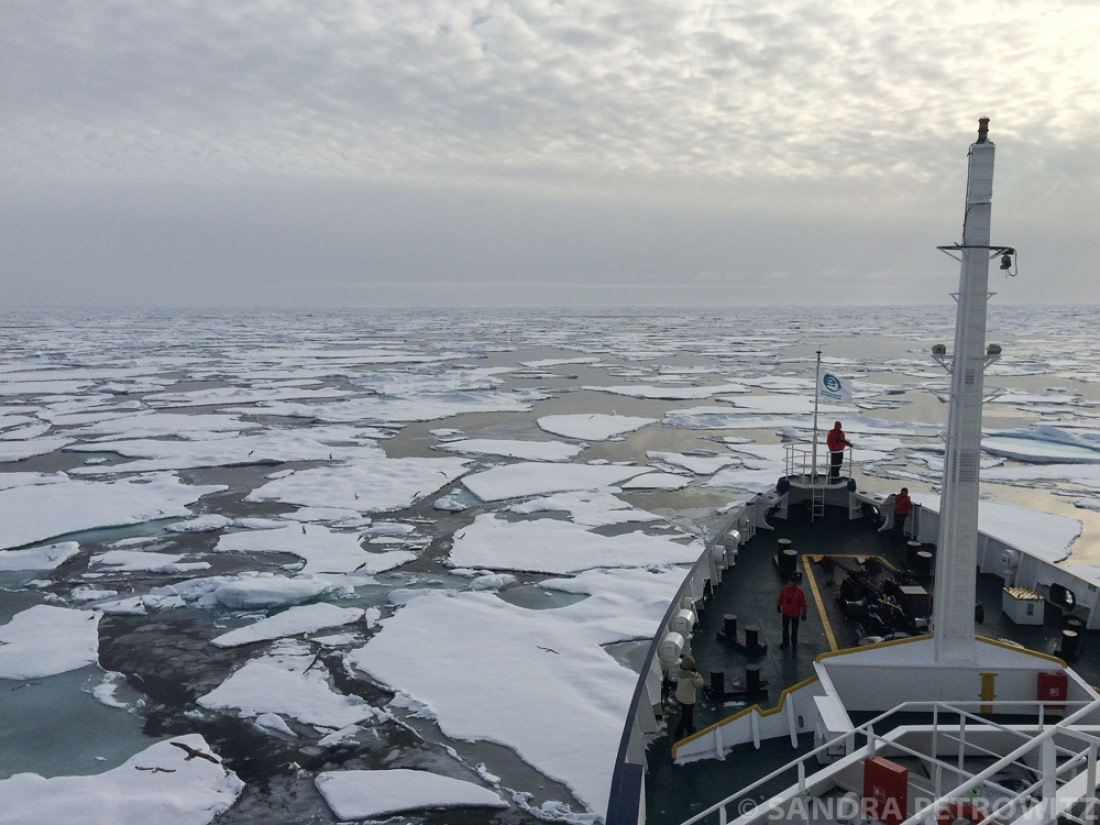
One bear, two bears, three polar bears…
Suddenly, an announcement from our expedition leader, Rinie van Meurs, filled the air, and his excitement was palpable: Bears had been spotted – not just one, but three! Everyone who wasn’t already outside or in the lounge rushed to their cabins for warm clothing, binoculars, and cameras.
As we slowly approached the location where the bears had been sighted, it became clear that there were actually four bears, and they were very close together!
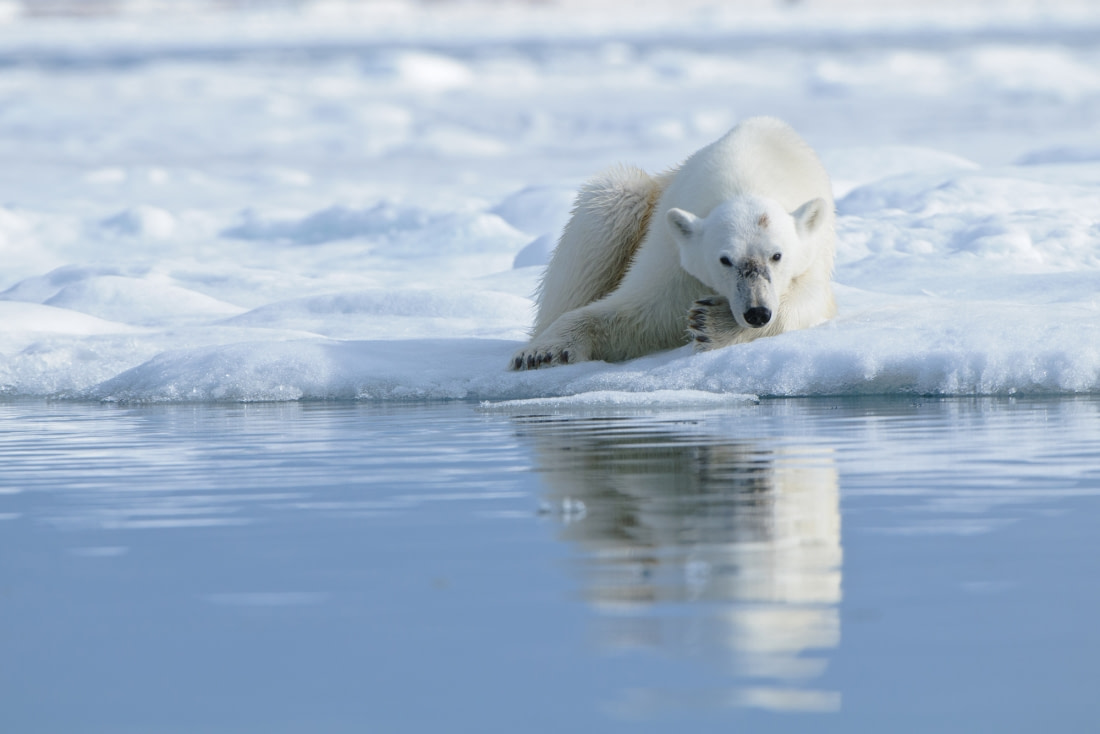
Dancing Svalbard polar bears
Our captain skillfully inched the ship closer, when suddenly two of the bears began sparring – a behavior rarely observed in the Barents Sea. We watched breathlessly as they wrestled, eventually standing up and balancing on their hind legs as if engaged in a strange dance.
At the same time, the fog that had begun to settle lifted, allowing sunlight to break through. Cameras clicked away at the backlit bears, their outlines glowing.
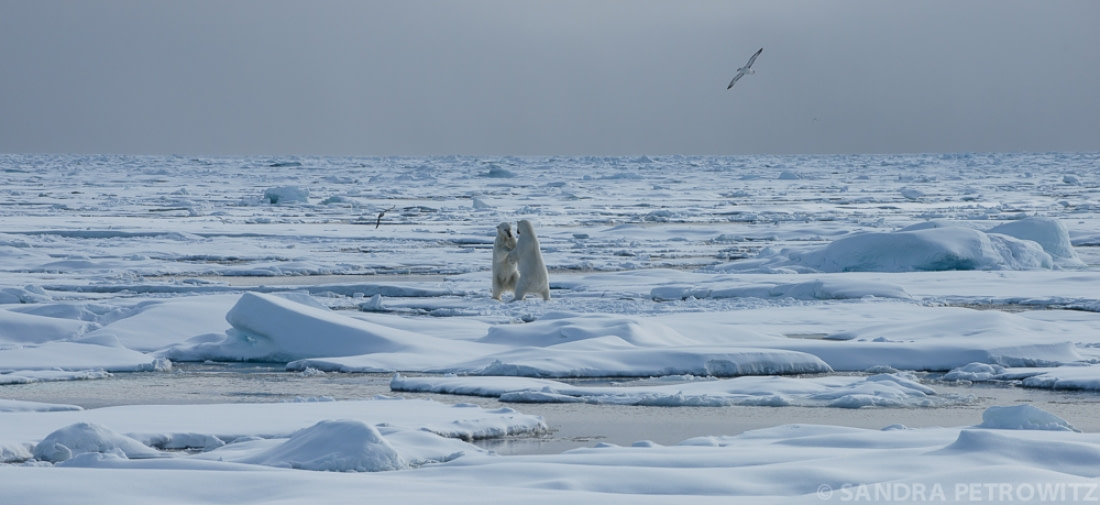
A feast for the ivory gulls of Spitsbergen
The two sparring bears were clearly young males. The third bear, another young male, curiously approached the ship but then hesitated, hiding behind a lump of ice with just his head peeking out.
The fourth bear, an older male, had had enough of the youthful antics and retreated a few meters. Over 60 ivory gulls either sat on the ice, waiting patiently, or paced back and forth near the remains of what had once been a bearded seal.
Only skin and bones were left, but that was more than enough for the birds, including several young ones with their polka-dot plumage.
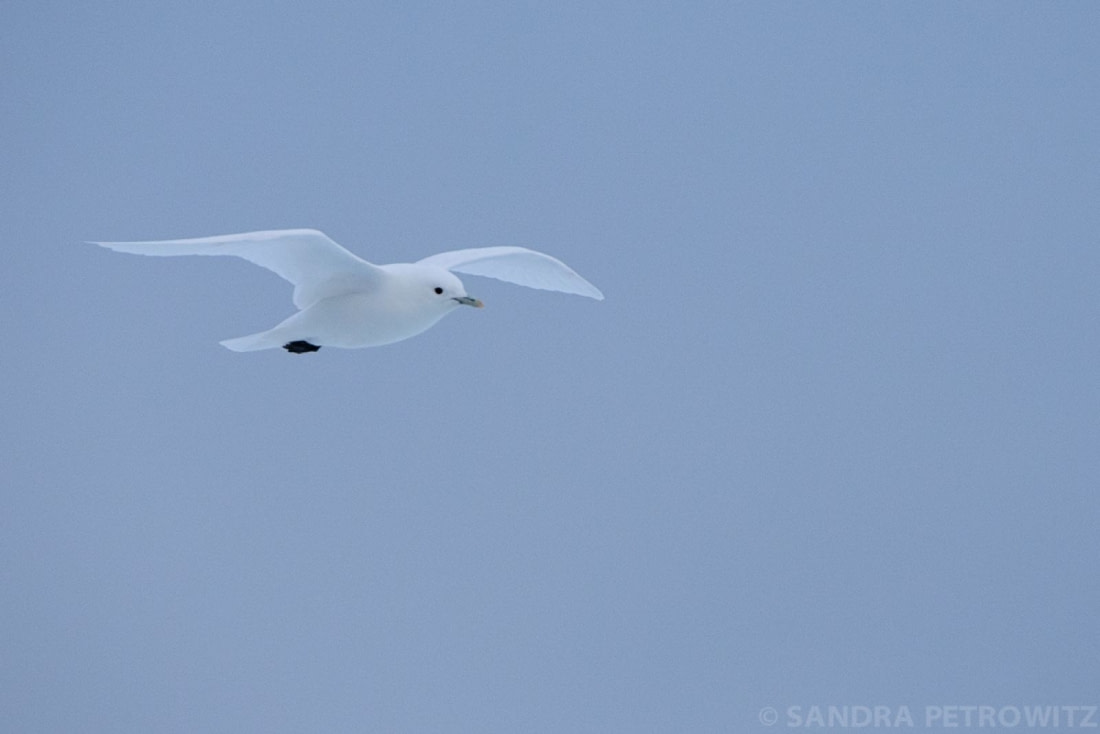
Here comes polar bear number five!
While we were engrossed in the scene, we almost missed a new addition: A fifth male bear wandered in, sniffing the air, drawn by the scent of the kill.
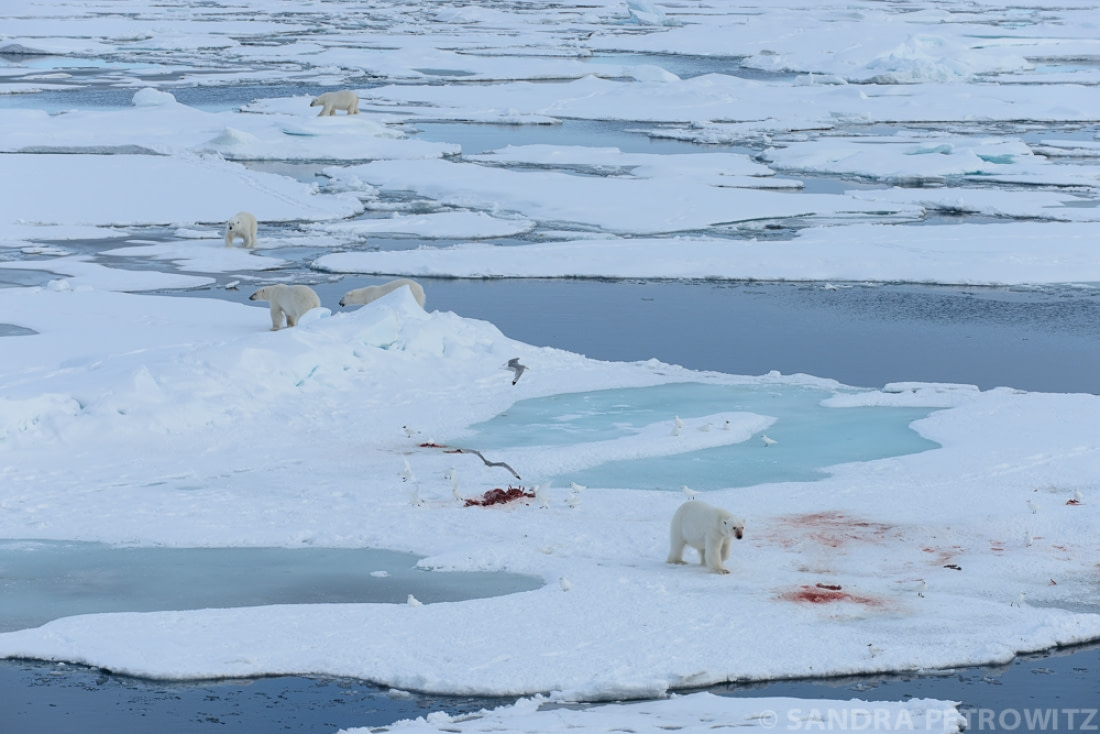
He approached cautiously. None of the other bears seemed to mind, allowing him to come closer until he finally reached the carcass. There wasn’t much left to nibble on, but our Svalbard expedition provided an extraordinary experience of seeing five bears in one spot. It was even possible to capture all of them in a single photo.
A truly remarkable polar bear adventure!

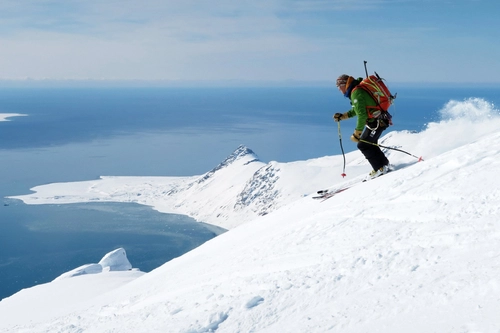
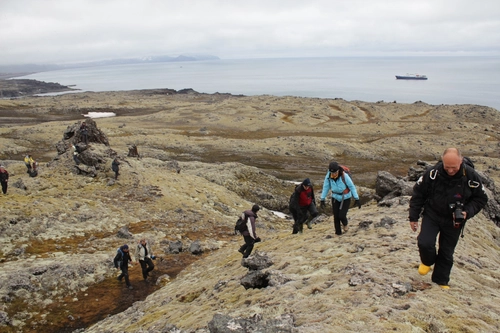
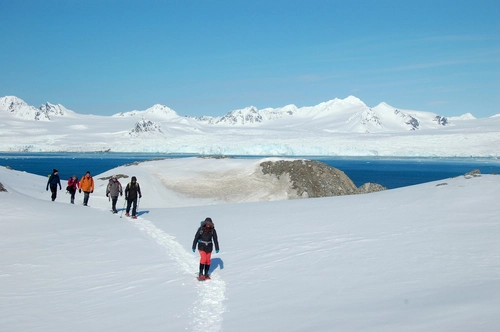
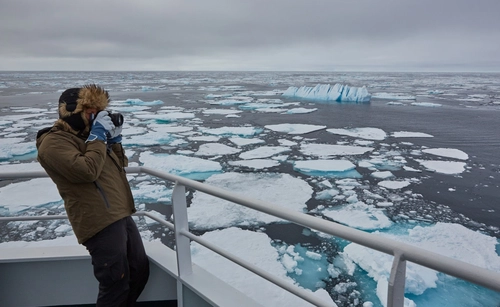
Related Trips
Blog



Seven Tips to Get the Most out of Your Expedition Cruise

The Small Mammals of the Arctic and Antarctica
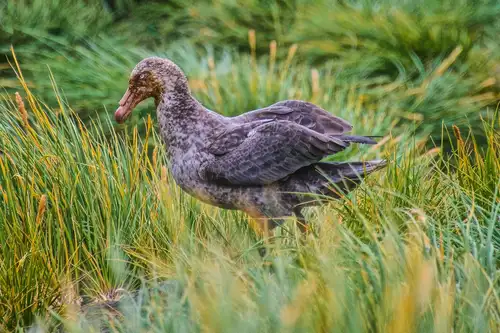
The Giant Petrels of King George Island
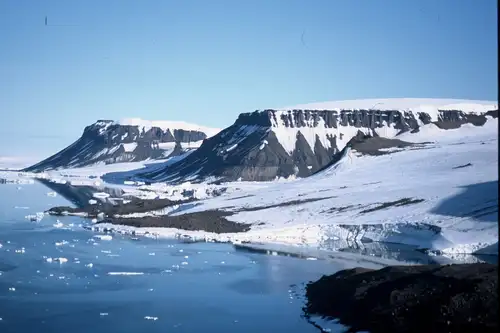
Franz Josef Land Sites, Species, and Experiences

The Ice-Jewelled Geology of Spitsbergen
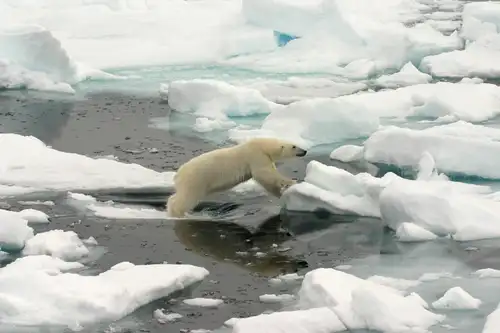
Spitsbergen: a true polar bear trip
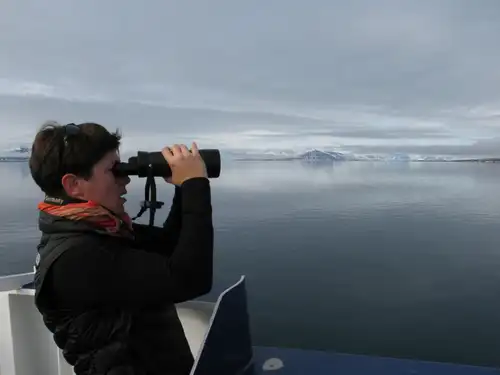
10 Popular Bird Watching Binoculars
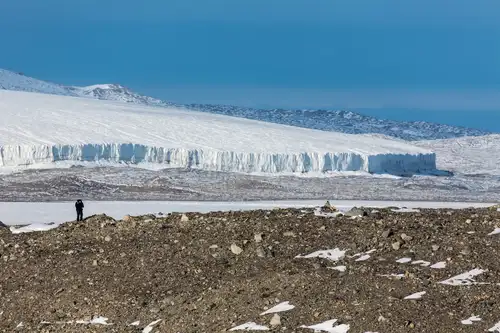
The Secret Life of Glaciers: How They Form, Move, and Melt

The Arctic Hare: Easter Bunny
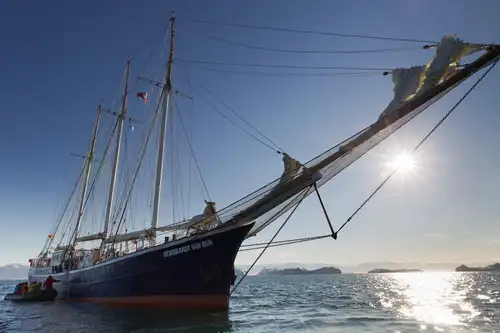
Ancient Arctic Exploration
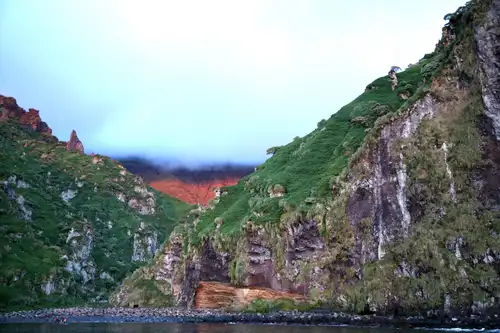
Gough Island: Seabird Capital of the South Atlantic
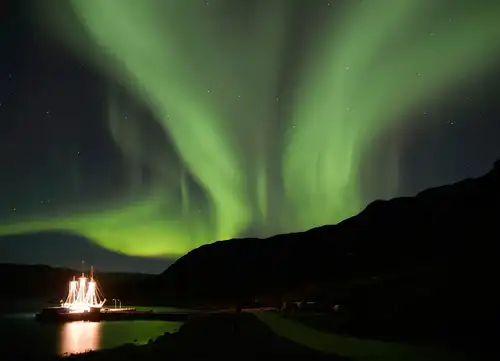
North Norway, Northern Lights, and All the Pretty Whales
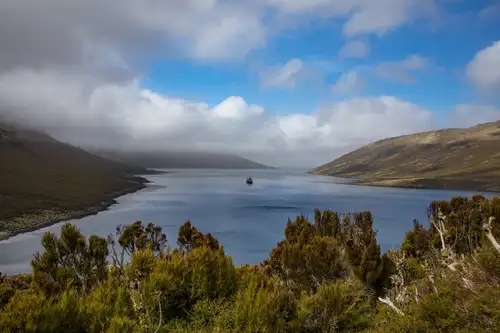
Visiting the Nearly Unknown: New Zealand’s Campbell Island
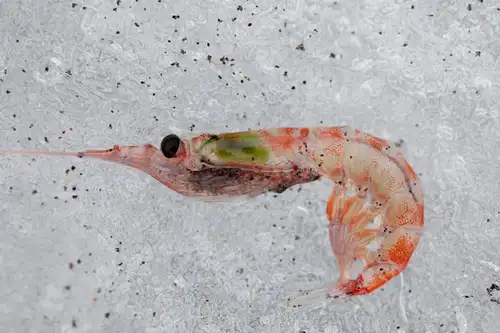
Antarctic krill: Antarctica's Superfood
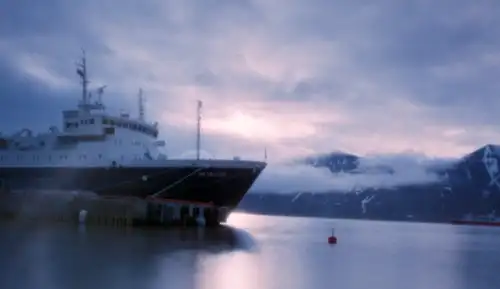
Solargraphy & Pin Hole photography in the Arctic
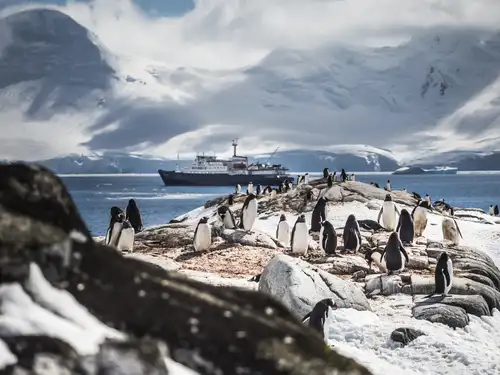
Top 10 Antarctic Attractions
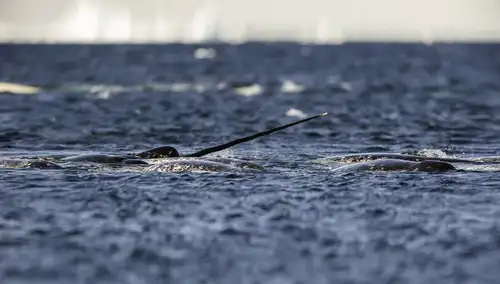
Narwhals: the Aquatic Unicorns of the Arctic
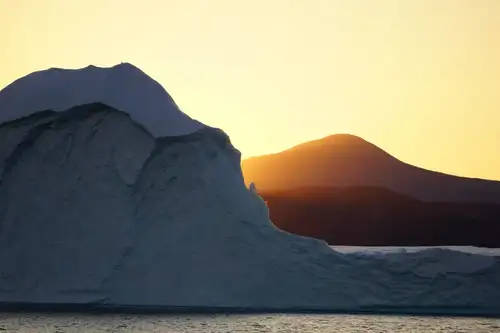
Light in the Land of the Midnight Sun

Two for the Snow: Polar Cruises for Couples
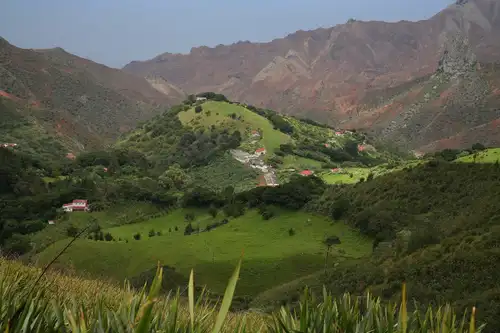



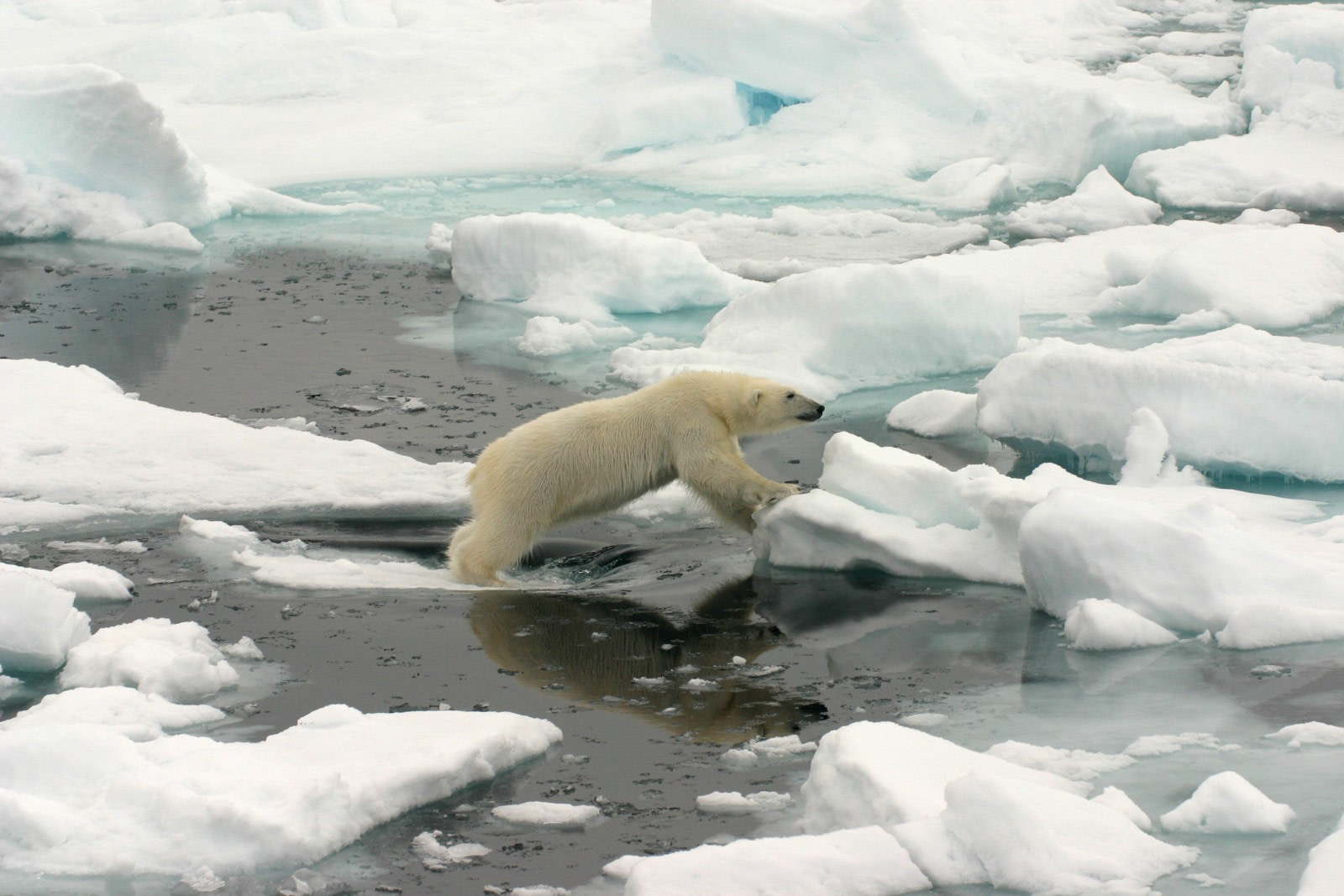

 8 Days / 7 Nights
8 Days / 7 Nights

